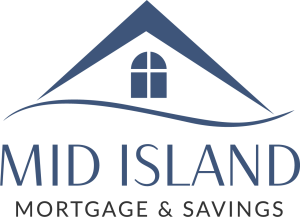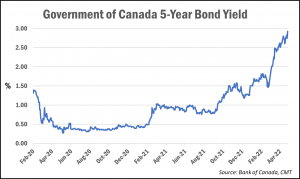Subprime vs Traditional Lending

Coming from a traditional lending background, I’ve often thought of mortgage lending as a puzzle. In order to help the client, every single piece is necessary to get them what they need. Credit has to be solid, the income both consistent and sufficient, the security (house) had to be in a good location in a decent condition. All this is required. Without every piece in place, the puzzle just wont work! The thing is–people’s lives can be complicated, messy even. Puzzle pieces go missing, and some don’t QUITE fit.
Traditional Lending
Lets explain; Banks, Credit Union’s, and Monoline Lenders (companies regulated by the bank act who offer single products, in this case mortgages) all have to adhere to specific rules set by the Government. Within those rules, the companies themselves can work with their board, risk management and shareholders to ensure that their best practices are within those rules. They may decide to assume more risk in one area but less in another. Offering products or programs that target specific audiences. Acting within the letter of the law and their internal policies and practices. For the most part, doing the same puzzle, with the same pieces.
Subprime
Subprime, or “B” Lenders, do not have to adhere to the same rules as big banks. Privately owned, operated and regulated they offer their own unique pieces to the puzzle. These lenders offer assistance to borrowers who aren’t a fit for the major lenders, so credit issues, self-employment or lack of sufficient income fits for them. They have more flexibility in how they lend and who they lend to.
Of course, guidelines are still in place, they merely have more of a landing pad for the “unbankable”. Anytime a lender is taking on higher risk mortgages, there is a premium for that, and with subprime lenders it translates to higher interest rates than other lenders, and sometimes lender fees. It would be easy for a person to sit back and form opinions based on the idea that they are charging what they are. Some might say that the people seeking money from these companies “shouldn’t even be borrowing”.
Self Employed
For our self-employed clients, the general rule of thumb is that lenders want to see the last two year’s income tax returns (T1 Generals). For a self-employed individual, this may not be the most current and accurate version of their finances. Subprime lenders offer Business for Self programs such as stated income that require the last 6 months of business bank statements to support the cash flowing into the company.
Credit Issues
If you go bankrupt or file a consumer proposal you’ll generally be waiting 2 years from your date of discharge in order to be a candidate for a mortgage at a bank or Credit Union. With subprime lenders, they consider you right away. Their minimum credit requirements are significantly lower. Many people may think that once their mortgage is placed with a Subprime lender that they’re going to be with them forever. This is not true. Often clients will work with their Mortgage Broker to make a plan to make their way back to an A lender. This could mean a variety of things. A hyper focus on paying bills on time, to earning additional income. Whatever it may be, you won’t be alone, our Brokers will work with you to set a plan and will continue to check in to help keep you on track.
Stigma
There tends to be a real stigma out there about the Subprime lending world. In a situation where you may lose the house because of lack of income, an illness, a bad relationship or business venture that left you in a tough spot–There are options for you. Of course the ideal lending situation is to be able to have a mortgage through a major bank, or monoline company. The interest rates will be less and there will be less fees. No one is disputing that.
However, in my decade and a half in the finance world to confidently say that there are many of us who “do not make the mark” set by banks. I feel fortunate to be able to offer people solutions that fit their situation, to meet them where they are. In many cases the solutions will help them maintain or improve their housing situation, and help their financial situation.
Being a mortgage underwriter at a traditional financial institution for many years, my experience with lending was limited to our own products and services. Helping people to have access to the Subprime lenders gives me the ability to help people work with what they have. Putting their puzzles together in a way that works for them!
I am grateful and appreciative of the opportunity to offer mortgage and financing solutions for our clients. Interested in learning more, or have questions about your own ability to qualify for a mortgage please call or email us. If you’re buying, renewing, refinancing we would be more than happy to help work with you to figure out your options.



